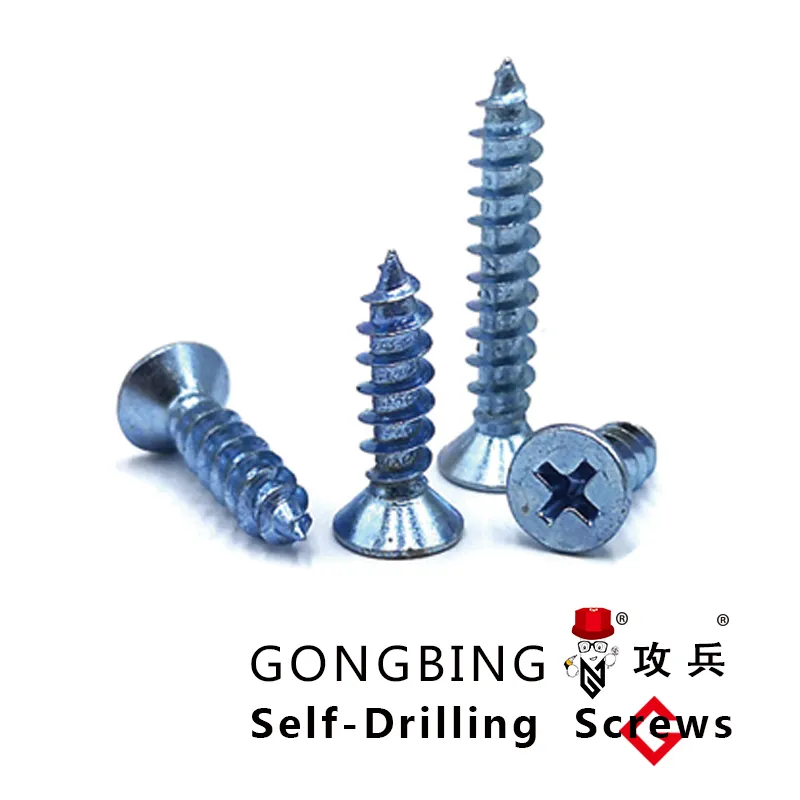Understanding the Importance of EPDM Roofing Screws for Durable Roof Installations
Understanding EPDM Roofing Screws Essential Components for Durable Roofing Systems
When it comes to installing and maintaining roofing systems, especially those utilizing EPDM (Ethylene Propylene Diene Monomer) rubber, the choice of screws and fasteners is crucial. EPDM roofing is renowned for its durability, flexibility, and resistance to UV radiation, making it an ideal choice for commercial and residential applications alike. However, the effectiveness of an EPDM roofing system heavily relies on the quality and suitability of the roofing screws used during installation.
What Are EPDM Roofing Screws?
EPDM roofing screws are specialized fasteners designed specifically for securing EPDM membranes to various substrates, including wood, metal, and concrete. These screws are typically manufactured from corrosion-resistant materials, such as stainless steel, to withstand harsh environmental conditions and ensure longevity. The design of EPDM roofing screws allows them to penetrate the membrane and substrate effectively, forming a tight seal that prevents water infiltration.
Importance of Choosing the Right Screws
Using the correct type of roofing screws is essential for achieving a reliable EPDM roofing system
. Here are some key considerations1. Material Compatibility The screws must be compatible with the EPDM membrane. Using non-corrosive materials helps prevent rust and deterioration that could lead to leaks and structural damage.
2. Length and Diameter The length of the screw should be sufficient to penetrate the underlying substrate while also holding the EPDM membrane securely. Similarly, the diameter needs to be appropriate to ensure a strong grip without tearing the membrane.
3. Sealant Grommets Many EPDM roofing screws come with attached sealants or grommets. These additional features provide an extra layer of protection against water intrusion by sealing the area where the screw penetrates the membrane.
epdm roofing screws

4. Load Capacity Roofing screws should be able to withstand wind uplift and other stressors. Therefore, selecting screws with appropriate load capacities is important for maintaining the integrity of the roofing system.
Installation Best Practices
Proper installation of EPDM roofing screws can significantly impact the performance and lifespan of your roofing system. Here are some best practices to ensure effective installation
- Pre-Drilling For certain substrates, pre-drilling holes can help prevent splintering or cracking. This is particularly useful for wooden substrates or when fastening into concrete.
- Spacing Follow manufacturer guidelines regarding the spacing of screws. Proper spacing ensures an even distribution of pressure and helps avoid weak spots.
- Torque Setting When using power tools, it’s important to set the appropriate torque. Over-tightening screws can damage the EPDM membrane, while under-tightening can compromise the seal.
- Inspection Regularly inspect the roofing system for any signs of wear or damage. This includes checking for loose or corroded screws and ensuring the integrity of the seals.
Conclusion
EPDM roofing screws are a pivotal component in securing EPDM roofing systems. When chosen and installed correctly, they enhance the durability and performance of the roofing, ultimately protecting the building from water damage and extending its lifespan. Whether you’re a contractor, a roofing specialist, or a homeowner looking to install EPDM roofing, understanding the role of roofing screws is vital for a successful outcome. Prioritizing quality and compatibility will not only ensure a watertight seal but also contribute to a long-lasting and resilient roofing solution.
-
Weatherproof Plastic Expansion Anchors for OutdoorNewsJun.06,2025
-
Sustainability in the Supply Chain: Eco-Friendly TEK Screws ProductionNewsJun.06,2025
-
Load-Bearing Capacity of External Insulation FixingsNewsJun.06,2025
-
Double Head Bolts: Enhancing Efficiency in Industrial MachineryNewsJun.06,2025
-
Corrosion Resistance in Chipboard Screws: Coatings for Wholesale DurabilityNewsJun.06,2025
-
Butterfly Toggle Bolts : Enhancing Structural ResilienceNewsJun.06,2025
